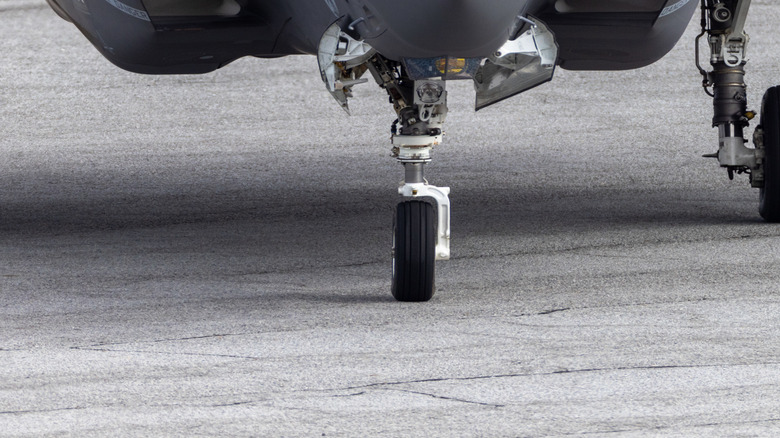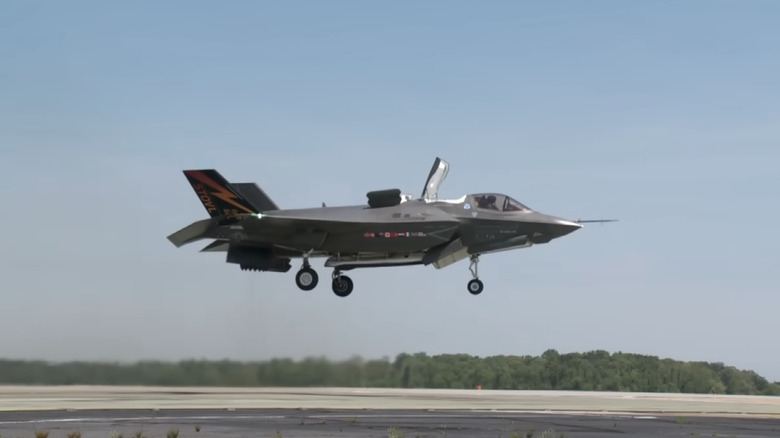F-35 Squadron Flew A 'Historic' 5,000 Hours Without A Single Mishap
The F-35 program gets a lot of flak. But every once in a while, it does something so impressive you just have to cheer. In October 2025, one of the U.S. Marine Corps' F-35B units, the Marine Fighter Attack Squadron 542, returned to its home base in North Carolina after a grueling five-month stint in the U.S. Central Command (CENTCOM) area. That operational area is massive, covering the Middle East, Central Asia, and South Asia.
While they were out there, the squadron racked up more than 1,099 combat sorties. These sorties included vital missions like Close Air Support, Armed Overwatch, and Defensive Counter-Air for U.S. and allied forces. But the best part is that they did all of this while accumulating over 4,736 mishap-free flight hours. Yes, that's nearly 5,000 hours in a complex warzone with zero failures, and it means that the squadron maintained one of the highest aircraft readiness rates in the entire fleet. The unit's exec, Lt. Col. Carlo F. Bonci, said the deployment demonstrated that a forward-deployed F-35B squadron can deliver unmatched combat power.
Of course, none of this would have been possible without the machine at the center of this achievement, the F-35B Lightning II. This specific model is the Marine Corps' specialized Joint Strike Fighter variant and is one of three of the F-35's main variants. It's arguably the most mechanically complex of the three F-35 models because it has a superpower: short takeoff and vertical landing (STOVL) capability. This lets it operate from amphibious assault ships or tiny, makeshift runways. It can take off and land on strips just 600 feet long, making it wildly flexible and one of the most advanced fighter jets ever.
So, does this mean the F-35 is 'fixed'?
It's all rather impressive, but there are multiple major flaws with the F-35 that need fixing. These include rapidly rising lifetime costs, persistent maintenance issues, and upgrade delays, which have led to a long and very public history of criticism. So, a perfect 5,000-hour deployment is exactly the kind of good PR the whole program desperately needs.
After all, the program's total expected price tag has already skyrocketed to over $2 trillion. Sadly, all that money hasn't guaranteed reliability either. The U.S. Government Accountability Office reported in 2024 that the entire U.S. F-35 fleet had failed to meet its mission-capable goals for six straight years. And in 2023, the fleet was ready to perform a mission just over 50 percent of the time.
Lockheed Martin executives argue the problem isn't the plane but the funding model. One executive, Edward Smith, told Business Insider that to get high readiness rates, you have to fully fund the supply system. He claims the F-35 program has historically been underfunded for spare parts and depot repair capacity. As a result, Lockheed is pushing for long-term, performance-based sustainment contracts instead of the current inefficient and costly annual contracting process. This single squadron's success now adds a powerful new data point to that debate, proving the F-35B can be reliable when it's in the field. The real challenge is figuring out how to make this high-performance standard the norm for the other 2,500 jets the Pentagon plans to buy – like it has wanted to for over two decades now.

